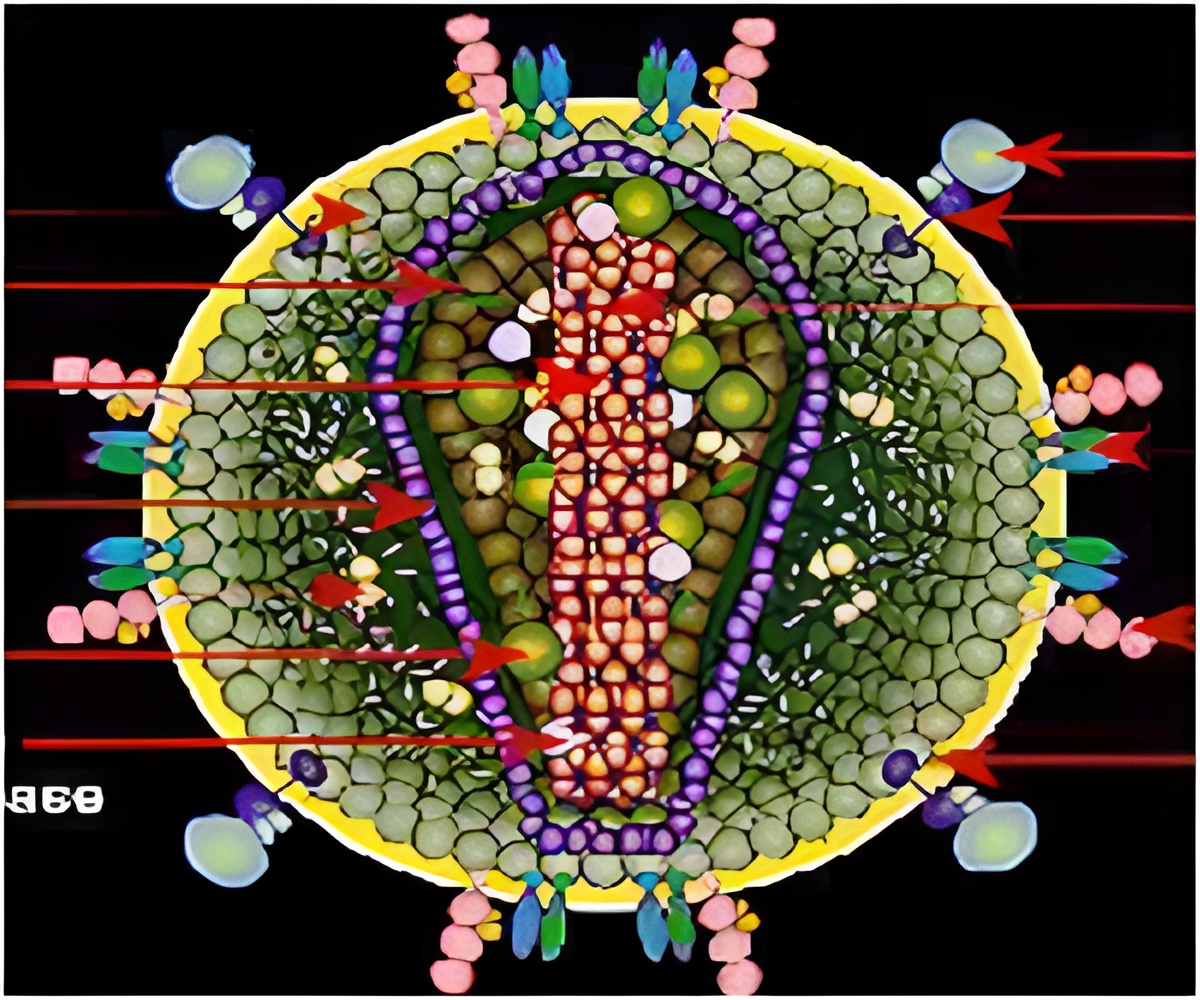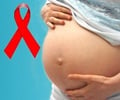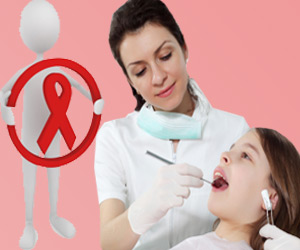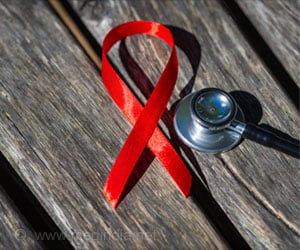New research has indicated that the AIDS virus can be used to treat two severe hereditary diseases.

"Three years after the start of the clinical trial," says Naldini, "the results obtained from the first six patients are very encouraging: the therapy is not only safe, but also effective and able to change the clinical history of these severe diseases. After 15 years of effort and our successes in the laboratory, but frustration as well, it's really exciting to be able to give a concrete solution to the first patients," explains the director of TIGET.
At the origin of both diseases is a genetic defect that results in the deficiency of a protein essential for the organism in the early years of life. In the case of metachromatic leukodystrophy, which currently lacks any effective treatment, it is the nervous system to be affected: babies with this disease are apparently healthy at birth, but at some point they begin to gradually lose the cognitive and motor skills they have acquired, with no possibility of arresting the neurodegenerative process. Children with Wiskott-Aldrich syndrome, on the other hand, have a faulty immune system that makes them much more vulnerable than normal to the development of infections, autoimmune diseases and cancer, as well as having a defect in the platelets which causes frequent bleeding.
After the positive results obtained in the course of many years of study in the laboratory, researchers at the San Raffaele Telethon Institute in Milan tried to correct the genetic defect that causes these diseases with gene therapy. The technique consists in withdrawing hematopoietic stem cells from the bone marrow of the patient and introducing a corrected copy of the gene that is defective using viral vectors derived from HIV (which began to be developed in 1996, thanks to Luigi Naldini's work). Once re-injected into the body, the treated cells are able to restore the missing protein to key organs.
"In patients with Wiskott-Aldrich syndrome, blood cells are directly affected by the disease and the corrected stem cells replace the diseased cells creating a properly functioning immune system and normal platelets. Thanks to gene therapy, the children no longer have to face severe bleeding and infection. They can run, play and go to school," explains Alessandro Aiuti, coordinator of the clinical study on these patients and Head of Research of the Pediatric Clinic at TIGET. "In the case of metachromatic leukodystrophy, however," says Alessandra Biffi, who heads the other study, "the therapeutic mechanism is more sophisticated: the corrected hematopoietic cells reach the brain through the blood and release the correct protein that is 'gathered' there by the surrounding nerve cells. The winning card was to make engineered cells able to produce a quantity of protein much higher than normal, and thus effectively counteract the neurodegenerative process." Eugenio Montini, who coordinated the molecular analysis of patients' cells, adds, "Until now we have never seen a way to engineer stem cells using gene therapy that is as effective and safe as this one. These results pave the way for new therapies for other more common diseases."
Both trials, which involved a team of over 70 people including researchers and clinicians, began in the spring of 2010, and called for the participation of 16 patients in total, 6 suffering from Wiskott-Aldrich syndrome and 10 from metachromatic leukodystrophy. The results published in Science refer only to the first 6 patients (three from each study), i.e. those for whom sufficient time has passed after administration of the therapy to allow scientists to draw the first significant conclusions regarding its safety and efficacy. In total, the Telethon Foundation has invested 19 million Euro for research on these two diseases (11 on metachromatic leukodystrophy and 8 on Wiskott-Aldrich syndrome).
Source-Eurekalert
 MEDINDIA
MEDINDIA




 Email
Email









